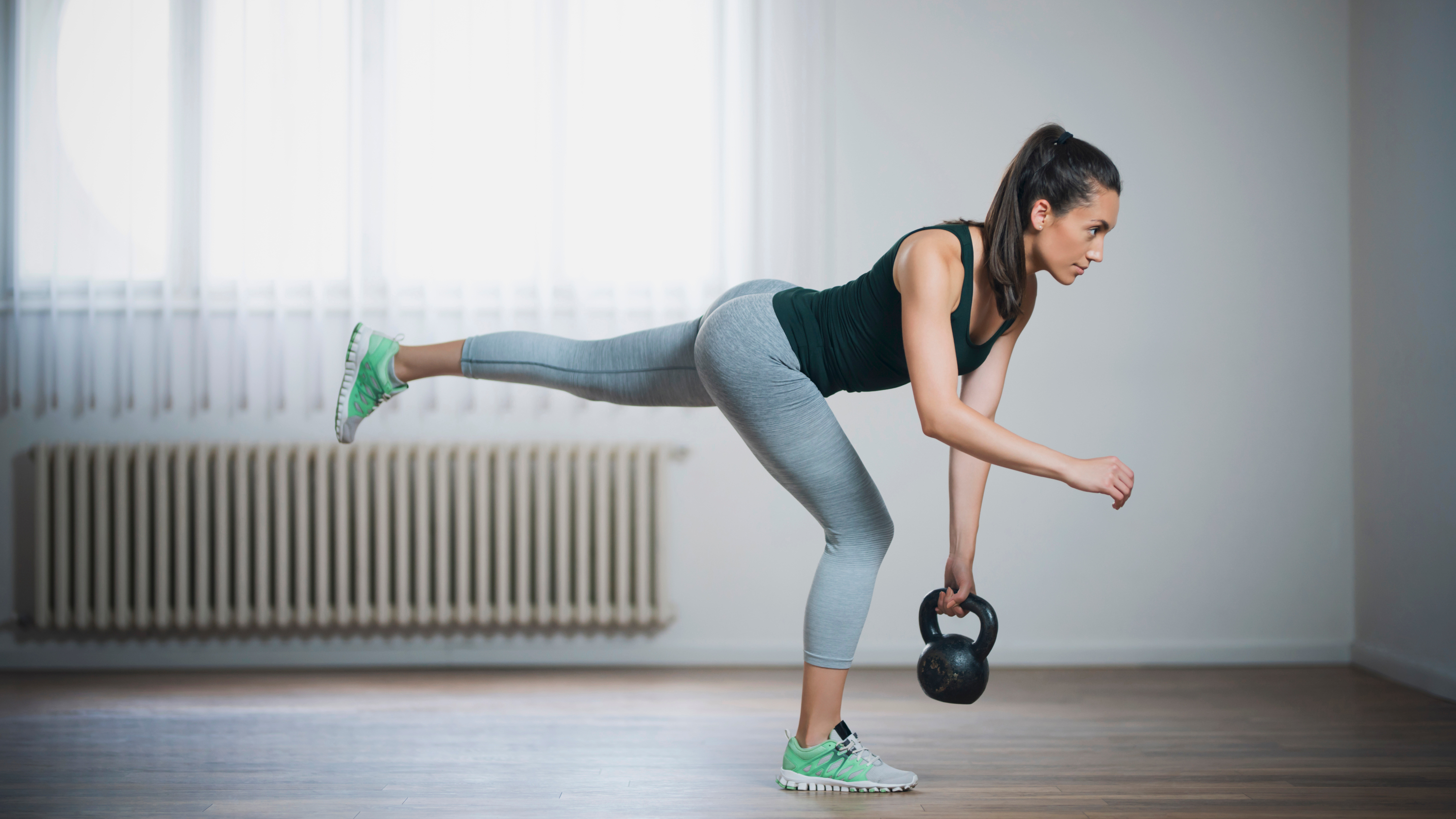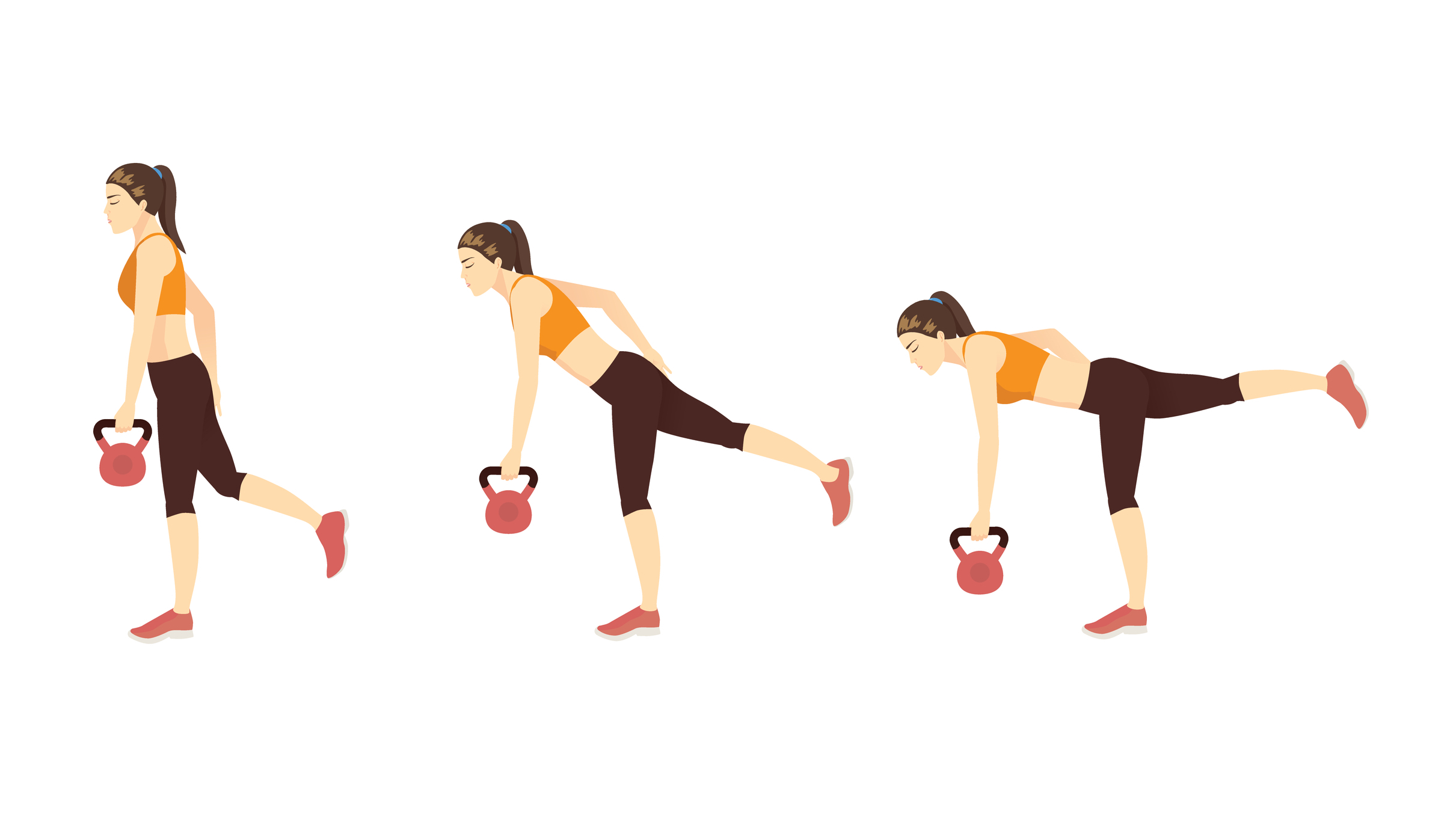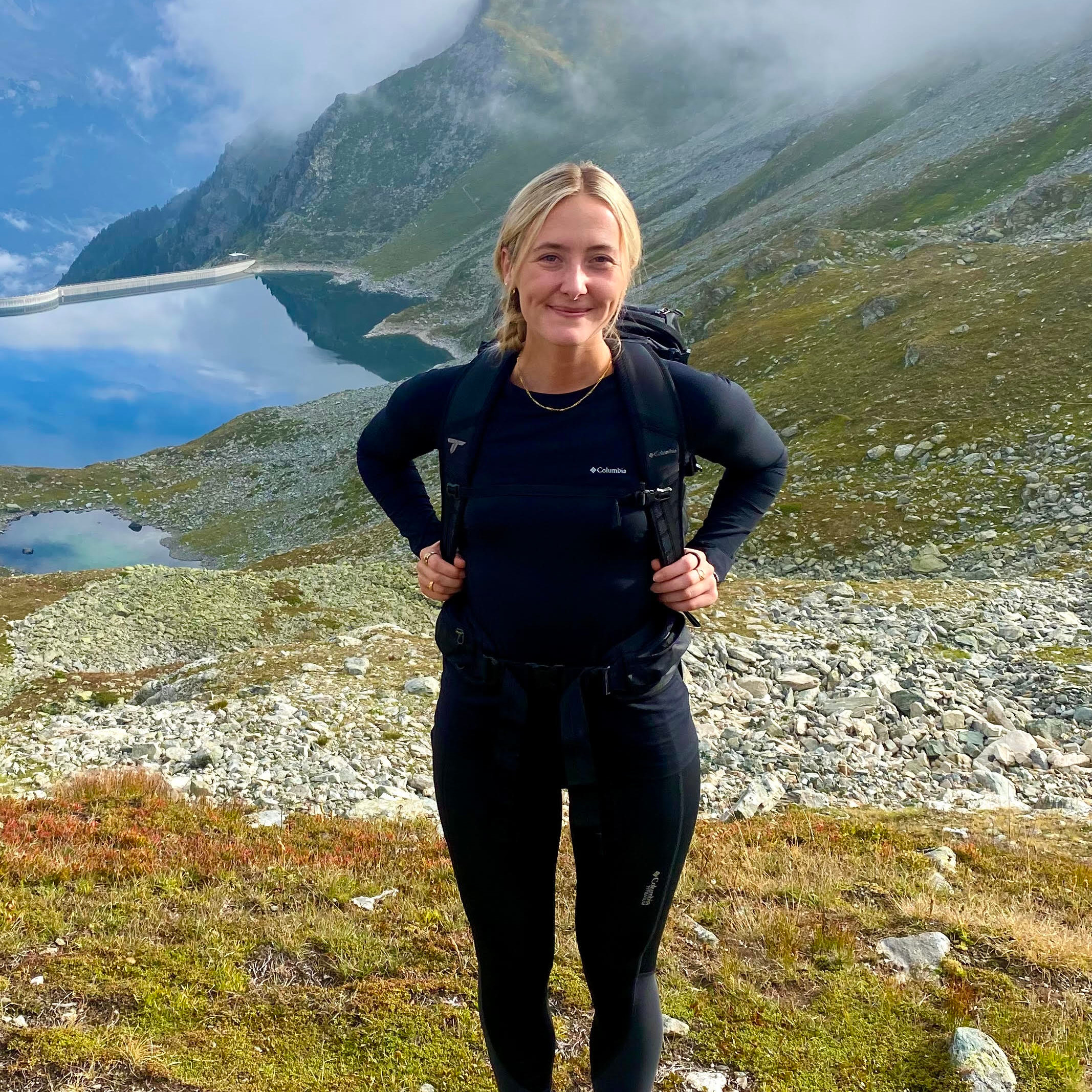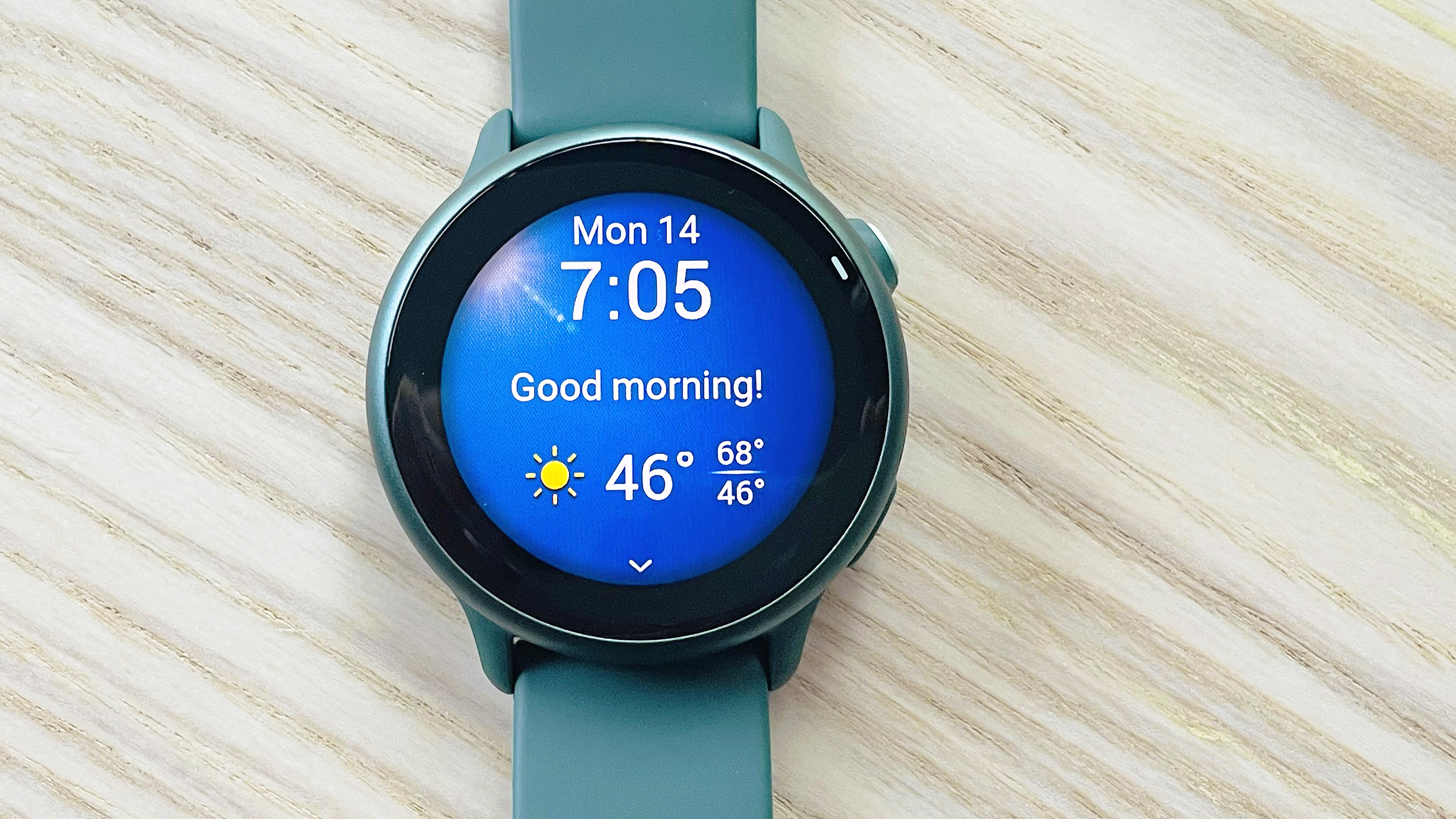I did kettlebell single leg deadlifts everyday for a week — here's what happened to my body
A kettlebell exercise to fire up your lower body

Do you love the post deadlift pump as much as I do? If you answered yes then you’ll love the kettlebell single leg deadlift and if you answered no, don’t knock it until you try it.
I don’t own my own barbell but I do own one of the best kettlebells which I use regularly when I can’t get to the gym. So, I decided to make kettlebell single leg deadlifts my one and only lower body exercise every day for a week.
This is a move I latched onto while trying to keep up with the best strength and conditioning exercises for runners during half-marathon training earlier this year. The single-leg kettlebell deadlift is a functional, compound exercise that primarily targets the posterior chain, including the hamstrings, glutes, and lower back. Additionally, it engages the core and improves balance and stability, making it a valuable unilateral movement for overall strength and injury prevention. It's not one to be missed by any runners reading this.
Since I liked this challenge so much and clearly wanted to humble my hamstrings and glutes, I decided to commit to completing 50 kettlebell single leg deadlifts (25 on each side) every day for one week. Keep reading if you want to find out how to do a kettlebell single leg deadlift and how I felt after a week of them.
How to do a kettlebell single leg deadlift

- Begin by standing with your feet hip-width apart and the kettlebell placed on the floor between your feet. Shift your weight to one leg (the working leg) and slightly bend the knee.
- Hinge at the hips, keeping your back flat and chest up, as you reach down with the opposite hand to grip the kettlebell. Ensure a firm grip on the kettlebell handle with your palm facing your body.
- Extend the non-working leg straight back behind you, keeping it in line with your torso, forming a straight line from head to heel. Maintain a neutral spine throughout the movement.
- Engage your core and glutes as you stand up, bringing the lifted leg back to the starting position. Simultaneously, lift the kettlebell by extending your hips and straightening your torso.
- Repeat the movement for the desired number of repetitions on one leg before switching to the other.
I did kettlebell single leg deadlifts everyday for a week — here's what happened to my body
I added 50 kettlebell single leg deadlifts to my daily routine so you don't have to. But after reading this you will probably want to add this to your own exercise regime. As with any exercise challenge that we try on Tom's Guide, we strongly advise that you modify an exercise to suit your own fitness abilities and work with a manageable number of reps and sets.
It tested my balance
While I can't promise that I'll be winning any tightrope contests anytime soon, I would say that my balance is pretty good. However, completing 25 kettlebell single-leg deadlifts on each leg certainly put my balance to the test. Throw in the addition of a kettlebell and there was some wobbling at times. This is mostly down to the fact that this unilateral movement requires your body to stabilize on one leg, and as a result challenges your balance.
If you are thinking of giving the kettlebell single leg deadlift a go for the first time, practice a few reps without any weight first. It also isn't illegal to hold onto something for stability as you perform the exercise. I sometimes found myself gently grabbing onto a pillar or wall in the gym to stabilize myself a bit better.
Sign up to get the BEST of Tom's Guide direct to your inbox.
Get instant access to breaking news, the hottest reviews, great deals and helpful tips.
With practice, this exercise will help to strengthen the stabilizing muscles. Single leg deadlifts target the stabilizing muscles in the ankle, knee, and hip joints. As these muscles become stronger and more resilient, they will contribute to better balance control.
My hamstrings and glutes were put to work
The places where I could really feel the muscles being worked were the hamstrings and glutes. As I hinged at the hips and reached the kettlebell towards the floor, I felt a significant stretch and engagement in the hamstrings of the working leg. Likewise, I especially felt the engagement of my glutes as I returned to the upright position.
So whether you're looking for a good butt pump that isn't the standard squats or hip thrusts or perhaps you're a runner and want to strengthen up these muscles, the kettlebell single leg deadlift is your guy.
It can be modified
It's amazing when you feel ready to take on the world at the start of a workout, but not everyone has to feel like this. For example, midway through my week of single leg deadlifts, my legs were feeling fatigued from the running I'd also been doing during the week and they said no thank you to any heavy weight. So I lowered the weight on my adjustable kettlebell and made the exercise easier while still completing the reps. If you perform the exercise with a standard kettlebell or dumbbell you could simply drop down to a smaller weight.
Now that I've spent a lot of time practicing this exercise I am ready to start using progressive overload with this move to maximize my lower body gains. Are you tempted to try out some kettlebell single leg deadlifts?
More from Tom's Guide

Jessica has been a fitness writer at Tom’s Guide since 2023, bringing three years of experience writing about health, fitness, and the great outdoors. Her passion for exercise began during her childhood, where she spent weekends hiking and competing in local athletics club events. After earning a master’s degree in journalism from Cardiff University, Jessica found the perfect way to combine her love of storytelling and fitness into a career.
Jessica is passionate about testing fitness gear and tech, using her reviews to help readers make informed buying decisions. She ran her first marathon in April 2024, finishing it in 3 hours and 48 minutes. Through her training, she’s developed a deep understanding of what it takes to grow as a runner, from effective workouts and recovery techniques to selecting the right gear for every challenge.
When she’s not at her desk, Jessica enjoys spending time in the kitchen crafting new recipes, braving cold water swims and hiking.
